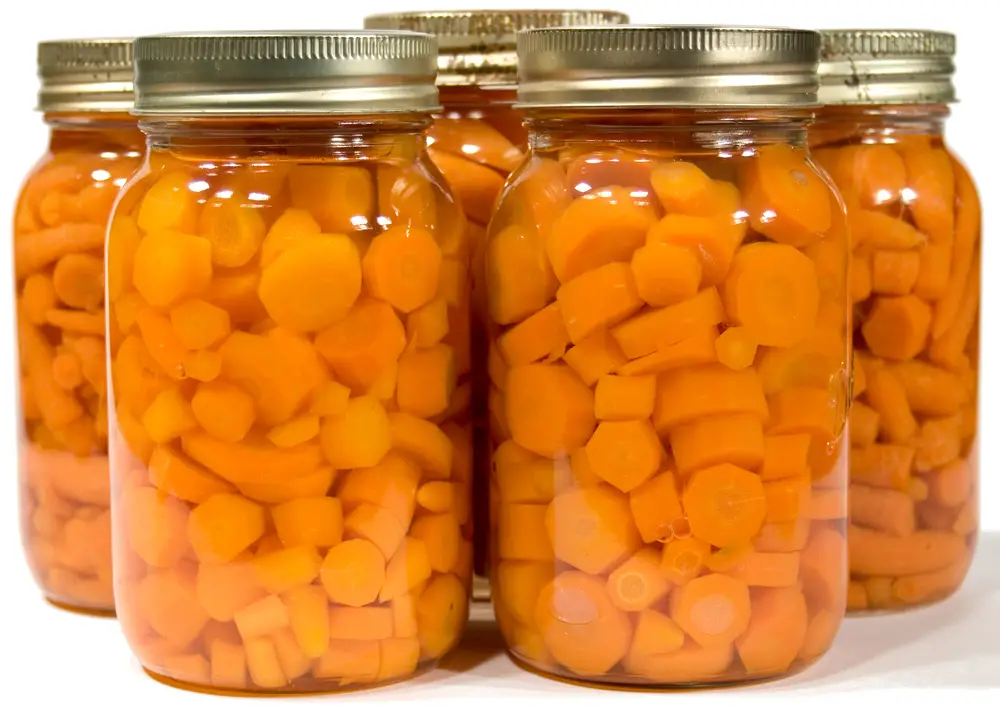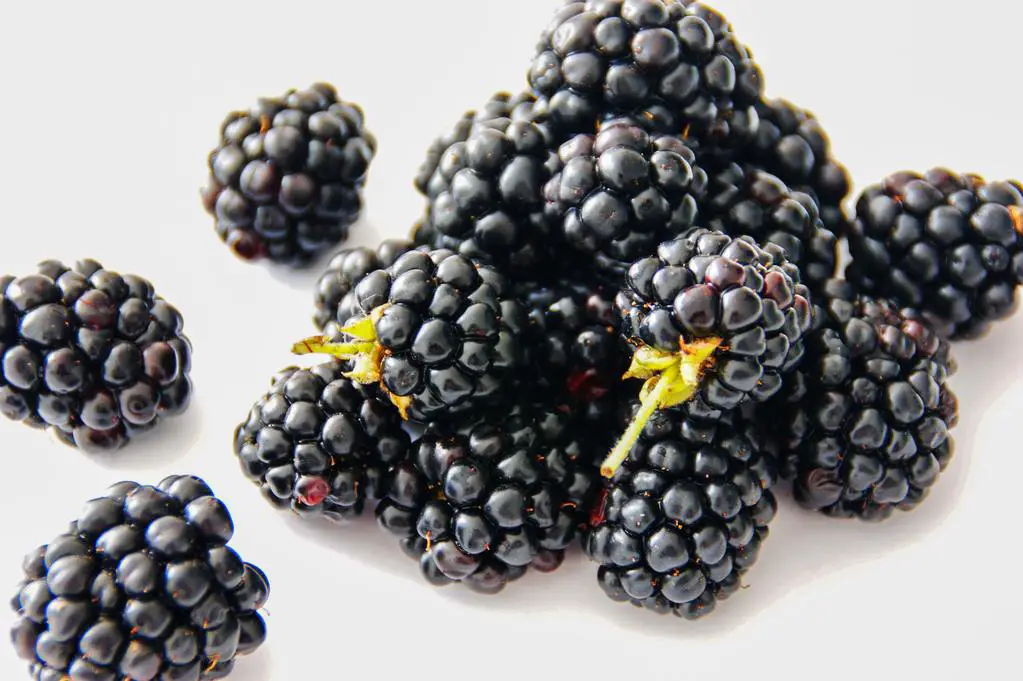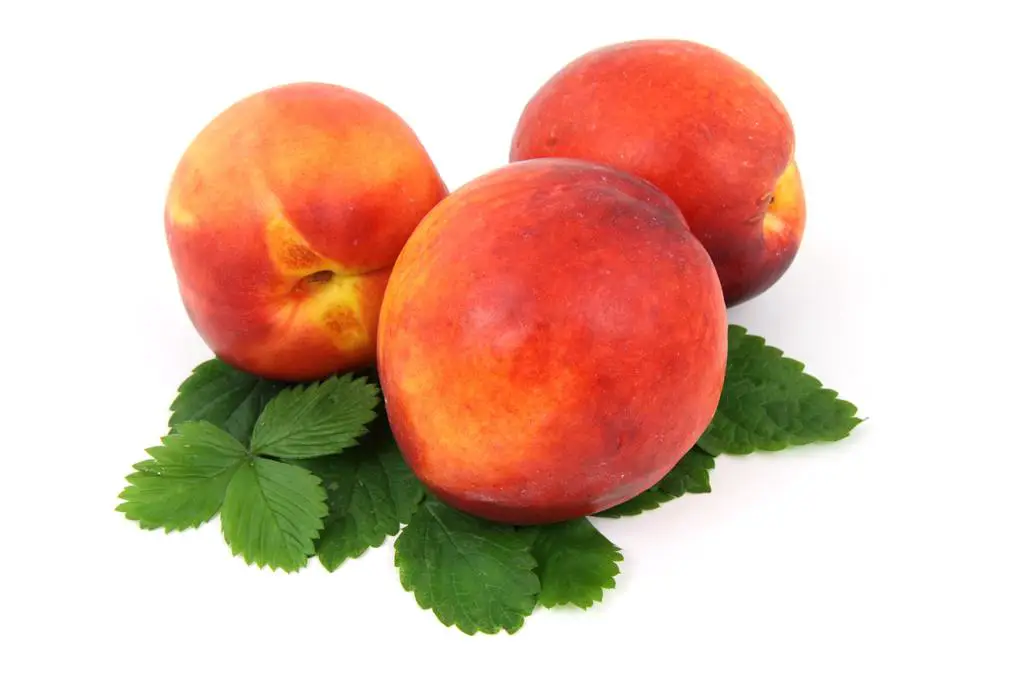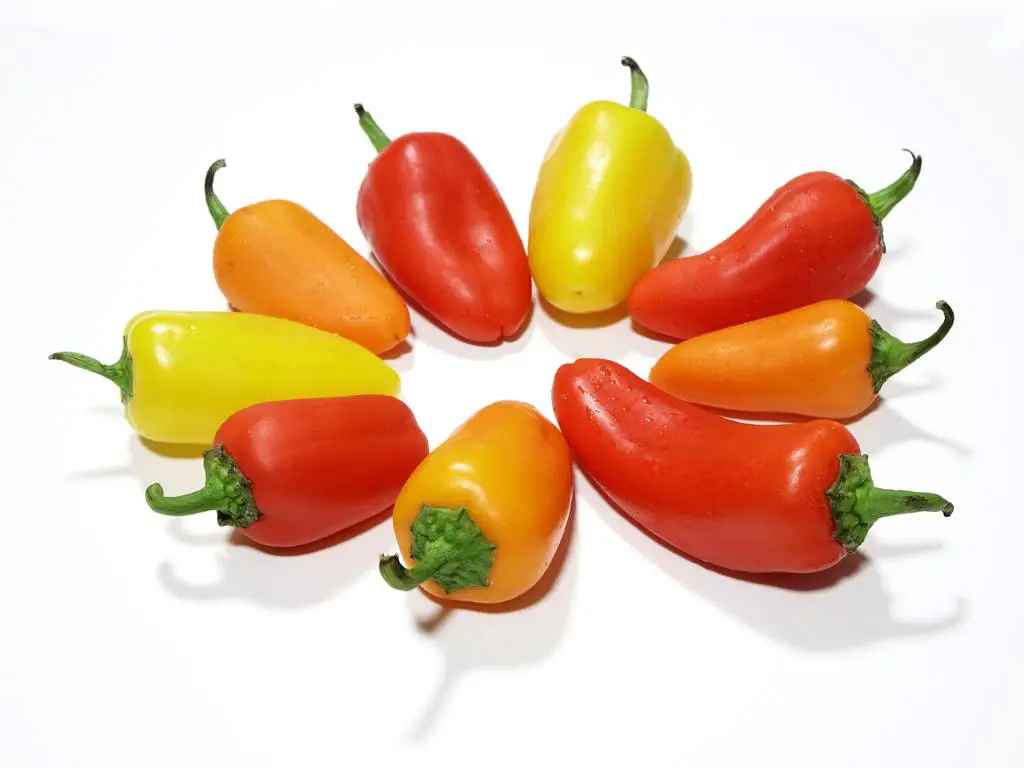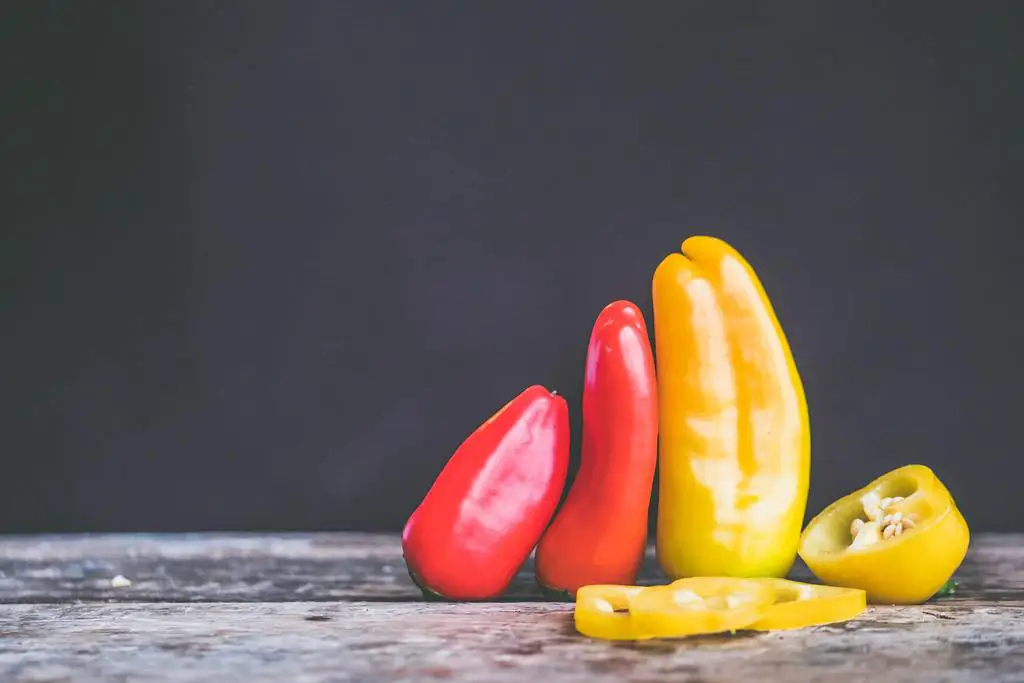When you find yourself with an abundance of carrots, whether from your garden, the farmer’s market, or a great deal at the grocery store, make a plan to can carrots for future meals. Some use pressure cookers for this, but how do you can carrots without a pressure cooker?
The best way to can carrots without a pressure cooker is with a pressure canner. This is because it’s the only method that guarantees the bacteria that cause botulism are killed. You can also use a water-bath canner too, although it won’t be quite as safe as a pressure canner.
Table Of Contents
Pressure Canning Is Best
Some items require a pressure canner because of their acidity level. Carrots are a low-acid vegetable, so we recommend a pressure canner because it can keep the temperature hot – 240 degrees F (116 degrees C) – for a sustained period of time to kill bacteria and seal the jars for pantry storage.
Your grandmother or great-grandmother may have canned carrots using water-bath canning, but they took a risk, and science tells us that a safer method is pressure canning. Be wary of outdated canning methods.
Can Carrots Without A Pressure Cooker
Before you continue, here’s our warning:
The safest way to can carrots is by using a pressure canner. It is the only way to guarantee the bacteria that cause botulism are killed. These recipes can be used to preserve carrots for the short term, and the product should be stored in the refrigerator until you are ready to use it.
That being said, here are a few ways to preserve carrots for the short term. Both of these methods involve using a water-bath canner. Make a few jars of each for a variety of tastes.
Sliced Or Diced Carrots
Carrots are great to add to soups and stews or eaten by themselves. A few jars of carrots in your fridge will last a couple of weeks and add color to several meals.
Pickled Carrots
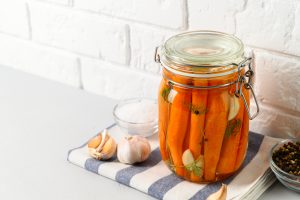
Pickling extends the life of jars of carrots, but the jars should be stored in the fridge after water-bath canning. When pickling carrots, you add spices, salt, and vinegar to the liquid added to the jars before placing them in the canner. After removing the processed jars from the canner and waiting a few days for the flavors to meld, pickled carrots can be enjoyed alone, in salads, or as an accompaniment to dishes complemented by a tangy taste.
How Many Carrots Do I Need?
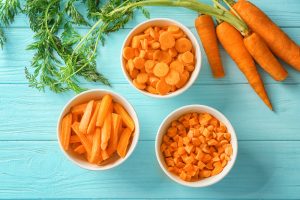
If you are using quart (946 ml) jars, a full canner load is 7 quarts. Approximately 17 ½ pounds (7.9 kilograms) of carrots will fill those jars.
But if you are using pint (473 ml) jars, a full canner load is 9 pints. Approximately 11 pounds (5 kilograms) of carrots will fill those jars.
Also, peeling carrots is optional. Some feel that leaving the peels on creates an earthy taste. Some scrub them well and pop them in the jar. For a fresh carrot taste, peel them and discard the tops and roots.
Prepare the carrots by slicing them into long wedges or disks or dicing them into pieces. Smaller carrots (1 to 1 ¼ inches or 2.5 to 3 cm in diameter) taste best. Larger carrots can often taste stringy.
Source: https://nchfp.uga.edu/how/can_04/carrots_sliced.html
Gather Supplies
Before you start the canning process, it’s essential to gather some supplies.
- Water-bath canner and rack
- Canning jars, lids, and rings
- Funnel
- Bubble popper
- Jar lifter
- Clean towels
Sterilizing The Jars
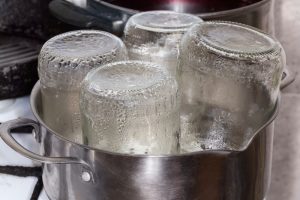
Before canning carrots, with or without a pressure cooker, you must prepare your water bath and sterilize your jars. First, start with clean jars and lids. The easiest way to do this is to wash the jars and lids in hot soapy water, then rinse them well. Then, use one of the following methods to sterilize the jars.
- Place them in an oven at a temperature of 200 degrees F for 20 minutes
- Boil the jars in a pot for at least 10 minutes
- Place the jars in the dishwasher and keep them on the heat cycle until ready to fill them.
- You can also microwave wet jars for 60 seconds on high.
In addition to killing bacteria, this step also heats the jars. Adding hot liquids or hot foods to cold jars could cause them to break. Adding hot jars to the hot canning water is also safer.
Packing The Jars
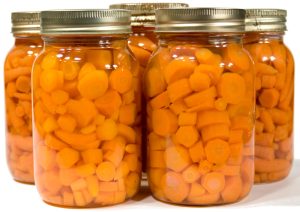
There are two ways to prepare carrots in jars: a hot pack and a raw pack.
Hot pack means you pre-cook the carrots in boiling water for 5 minutes.
Raw pack means preparing the carrots and placing them into a sterilized jar cold.
But with either of these methods, you will need hot liquid to fill the canning jars.
Also, if you are making plain carrots, you can use hot water, the water you boiled the carrots in (if you did the hot pack method), or a pickling liquid.
Here’s a suggested recipe for pickling liquid. The is enough for 4 cups of small carrots or 2-pint jars worth:
- 3 cups (709 ml) white vinegar
- ½ cup (118 ml) water
- 1 cup (200 g) white sugar
- 1 tsp (5 ml) sea salt
- 1 tbsp (15 ml) pickling spice
Fill the jars with carrots and liquid to about ½ inch (1.2 centimeters) from the top of the jar.
Release any air bubbles in the jar. You can do this in several ways:
- Press down on the carrots
- Stick a knife or chopstick into the jar in different spots
- Use a bubble popper
Add The Lids And Rings
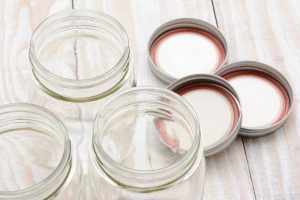
Make sure your lids and rings are clean and dry. Wipe the top of the jar with a damp and then dry cloth. You want to ensure there is no food or water on the rims of the jars. Set the lid on top and add the ring. Screw on the ring until it’s finger-tight. In other words, tighten it until you encounter resistance, maybe a little tighter, but then stop. Too tight rings may warp the lid and prevent a seal from forming.
Preparing The Canner
Place your water-bath canner on the stove and fill it with water. Heat that water over 140 degrees F (60 degrees C) and less than 180 degrees F (82 degrees C). This would be barely a simmer at the higher end of the scale.
You want to put hot jars into hot water to start the canning process, but not too hot.
Add the jars to the canner with a jar lifter and adjust the water to that the jars are covered by about 1 inch (2.5 cm). Add HOT water if the level is too low. Remove some if it’s too high.
Process The Jars
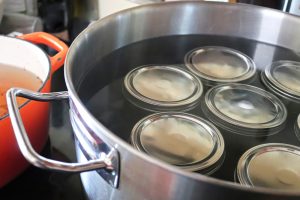
If you are at sea level or below 1,000 feet (304 meters) in altitude, boil your jars for about 30 minutes.
If you are at altitude, additional processing time may be necessary based on your elevation. Please have a look at the pressure canning altitude Chart
| Altitude Feet | Increase Processing Time |
| 1,001 – 3,000 | 5 minutes |
| 3,001 – 6,000 | 10 minutes |
| 6,001 – 8,000 | 15 minutes |
| 8,001 – 10,000 | 20 minutes |
Cooling The Jars
After the carrots have boiled steadily for the suggested time, remove them with a jar lifter to a towel. Let the jars cool slowly. You should hear a popping sound as the lids start to seal.
When they are cool, we recommend placing the jars in your fridge. This is an extra precaution because, as we mentioned earlier, water-bath canning does not work as perfectly as pressure-canning carrots in killing bacteria.
If you make pickled carrots, the mixture will taste the best if you leave it in the jars for at least three days, allowing the flavors to meld.
Using Your Carrots
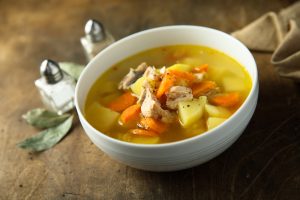
Carrots canned without a pressure cooker should keep in your fridge for quite a while. They are sealed and chilled to prevent the growth of any bacteria. When ready to use them, add plain carrots to soups, stews, or other baked dishes. Remember the carrots are already partially to fully cooked, so you can add them to the recipe during the last 10 minutes.
Add the pickled vegetables to those same dishes for an extra tang, or enjoy them raw or on a salad.
Canning Carrots Without A Pressure Cooker
In conclusion, I hope this article gave you some ideas of what to do with a surplus of carrots. While carrots are safest processed in a pressure canner, you can use a water-bath canner to achieve the same result but with extra precaution. Tell us how you’ve preserved carrots without a pressure cooker or canner in the comments below.
